Roopkund, perhaps the most popular trek in India, is almost picture perfect. The Roopkund trail climbs out of splendid dark forests suddenly bursting into Ali and Bedni Bugyal, arguably India’s most beautiful high altitude meadows. Out of the meadows the trail quickly gets into terrific alpine stretches. Climbing on snow to the Roopkund lake is a heart-pounding thrill. The beautiful Mt Trishul looms over the setting getting closer as you climb higher, when at a ridge above Roopkund, only air separates the trekker from them and Trishul.
IN 1942 A BRITISH FOREST guard in Roopkund, India made an alarming discovery. Some 16,000 feet above sea level, at the bottom of a small valley, was a frozen lake absolutely full of skeletons. That summer, the ice melting revealed even more skeletal remains, floating in the water and lying haphazardly around the lake’s edges. Something horrible had happened here.
The immediate assumption (it being war time) was that these were the remains of Japanese soldiers who had died of exposure while sneaking through India. The British government, terrified of a Japanese land invasion, sent a team of investigators to determine if this was true. However upon examination they realized these bones were not from Japanese soldiers—they weren’t fresh enough.
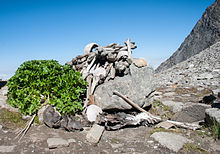
It was evident that the bones were quite old indeed. Flesh, hair, and the bones themselves had been preserved by the dry, cold air, but no one could properly determine exactly when they were from. More than that, they had no idea what had killed over 200 people in this small valley. Many theories were put forth including an epidemic, landslide, and ritual suicide. For decades, no one was able to shed light on the mystery of Skeleton Lake.
However, a 2004 expedition to the site seems to have finally revealed the mystery of what caused those people’s deaths. The answer was stranger than anyone had guessed.
As it turns out, all the bodies date to around 850 AD. DNA evidence indicates that there were two distinct groups of people, one a family or tribe of closely related individuals, and a second smaller, shorter group of locals, likely hired as porters and guides. Rings, spears, leather shoes, and bamboo staves were found, leading experts to believe that the group was comprised of pilgrims heading through the valley with the help of the locals.
All the bodies had died in a similar way, from blows to the head. However, the short deep cracks in the skulls appeared to be the result not of weapons, but rather of something rounded. The bodies also only had wounds on their heads, and shoulders as if the blows had all come from directly above. What had killed them all, porter and pilgrim alike?
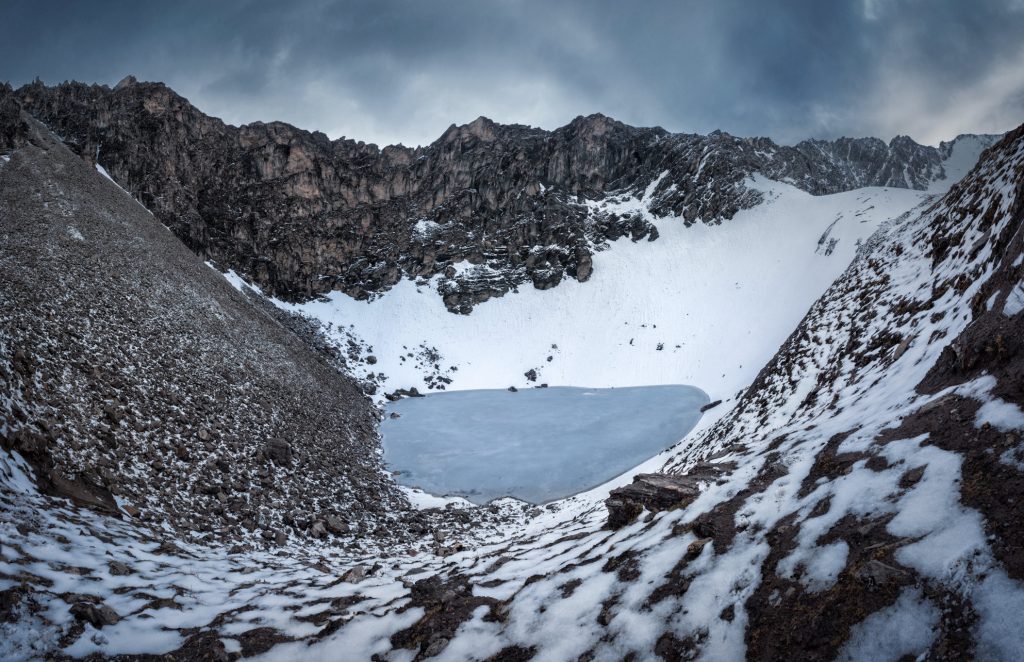
Among Himalayan women there is an ancient and traditional folk song. The lyrics describe a goddess so enraged at outsiders who defiled her mountain sanctuary that she rained death upon them by flinging hailstones “hard as iron.” After much research and consideration, the 2004 expedition came to the same conclusion. All 200 people died from a sudden and severe hailstorm.
Trapped in the valley with nowhere to hide or seek shelter, the “hard as iron” cricket ball-sized [about 23 centimeter/9 inches circumference] hailstones came by the thousands, resulting in the travelers’ bizarre sudden death. The remains lay in the lake for 1,200 years until their discovery.
Know Before You Go
There are no roads to this place yet, so one has to undertake a 3-4 day trek to reach the skeleton lake starting from Gwaldum in Chamoli district. The skeleton lake is covered with ice for most of the time during the year.
Roopkund – Mysterious Skeleton Lake
Set amidst the benevolent mountainous peaks, the Roopkund Lake remains in the spotlight for its unsolved mystery. It has been nicknamed as the ‘Mystery Lake’ as the remains of human skeletons and horses belonging to the Palaeolithic age can be seen here.
The adrenaline pumping trek to Roopkund starts from Lohajung, a tiny pass seated at 16,499 feet above sea level in the Garhwal Himalayas. This shallow lake has a depth of about 2 metres and is the most popular lake in the entire Uttarakhand. The lake is nestled amidst panoramic mountain scenery, surrounded by rock-strewn glacier.
The dense oak forests of Gehroli
On the very first day, the trail enters deep oak forests of Gehroli Patal. On a quiet day, all you’ll hear in the rustling of dry leaves, wind whistling through the branches and birds cooing amongst the foliage. The climb lasts just around 3-4 hours before you reach your campsite. You camp right in the middle of the forest, in a clearing, surrounded by ancient oak trees. The evening light on these trees and Mt Trishul that peeks at you from the horizon is picture-perfect.


The meadows make the trek unbeatable
The two gigantic alpine meadows of Ali Bugyal and Bedni Bugyal will blow your mind away. It almost feels like walking into the famous Windows XP wallpaper. Throughout the trek you’re fed with magnificent views of Mt Trishul and Mt Nanda Ghunti. Apart from these two, you see the imposing Chaukhamba range, Neelkanth peak, Kedarnath, Kedar Dome and several other high risers on the Roopkund trek.


A great dose of adventure
The Roopkund trek offers the right dose of adventure with a bunch of steep climbs and slippery but fun descents. No roller coaster can give you the adrenaline rush you get as you walk along a sharp, exposed ridge towards Junargali, while holding onto a rope. Although this part of the climb depends on a lot of factors such as weather and time of the day, if you want to be within the breathing space of Mount Trishul and Nanda Ghunti, this is the place to be.


Apart from all this, the Roopkund Lake also carries an element of mystery with it. The 300 human skeletons at 15,750 feet have intrigued anthropologists, scientists and historians alike. Trek this trail and let our local guides (who happen to be great storytellers) narrate to you the suspense filled stories about the lake and the trail itself.
Trekkers often ask us these questions about the Roopkund trek
These questions were answered by Latika Payak, Digital Content Manager at Indiahikes.
❖ Why is Roopkund Trek banned?
The Roopkund trek is not banned. Overnight camping in the meadows of Uttarakhand is banned, which makes it impossible to trek to Roopkund. Now there is a lot of clarity around the High Court ban on camping in the Uttarakhand meadows. But there was chaos and confusion when the order was passed.
Owing to ambiguity, the forest department immediately clamped down on treks across Uttarakhand. A notice from the Chief Conservator of Forests was sent to all DFOs of Uttarakhand. They were asked to follow the high court orders. The DFOs (District Forest Officers) in turn instructed their Regional Offices not to allow trekking.
But that confusion cleared now. Trekking in Uttarakhand is NOT banned. Indiahikes is running treks in Uttarakhand with the required permissions. But we are taking care not to camp in the meadows of Uttarakhand as overnight camping in the meadows is banned.
❖ Is Roopkund Trek dangerous?
Attempting Roopkund without proper acclimatisation is dangerous. And given the present situation, where camping in Uttarakhand meadows is banned, acclimatisation is very difficult. So, yes, in the present circumstance trekking to Roopkund is dangerous.
❖ Is Roopkund trek open?
While there is no straight ban on the Roopkund trek, doing it without camping in the meadows is not possible. And camping in meadows of Uttarakhand is banned. This is why we are not running any treks to Roopkund as it proper acclimatisation without camping in the meadows is not possible. And, attempting Roopkund without acclimatisation poses grave danger to health and exposes you to Acute Mountain Sickness.
❖ How do I get to Roopkund Trek?
To get to Roopkund, you first need to reach Lohajung. The Roopkund trek begins from Lohajung (7,700 ft), 230 km from Kathgodam. It is a tiny pass, that slips in through the Gwaldam face of the mountain and into the Wan valley. The route to Lohajung is via Almora — Gwaldam — Tharali — Debal — Mundoli — Lohajung
Reaching Kathgodam – Take the Ranikhet Express from Delhi. It leaves at 10.40 pm from Old Delhi Railway Station and reaches Kathgodam at 5.05 am.



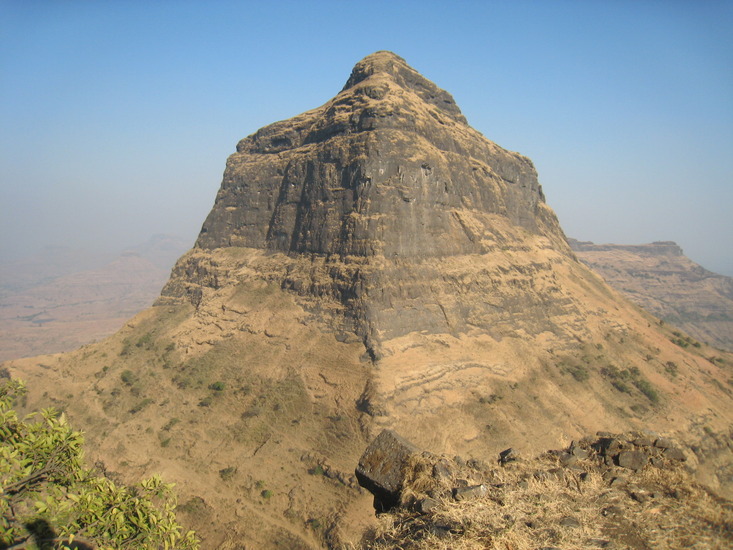
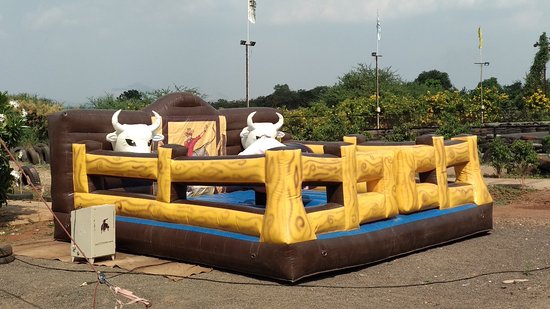
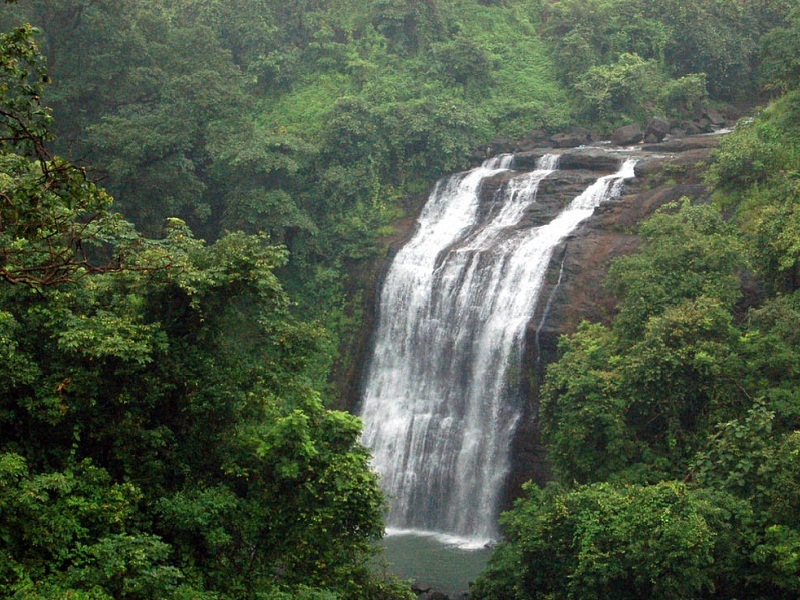

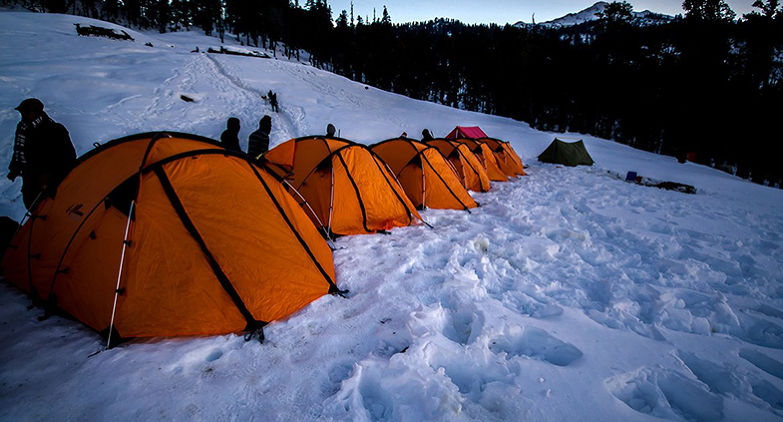





11 Comments
Comments are closed.